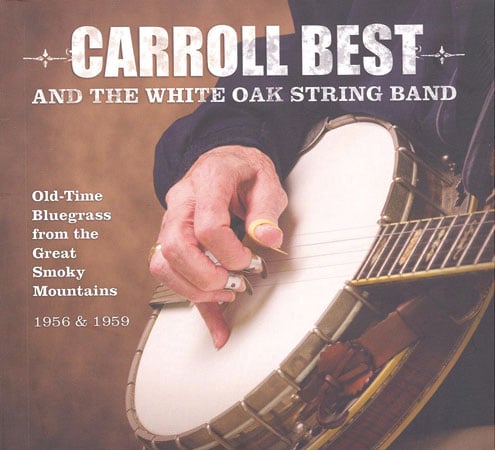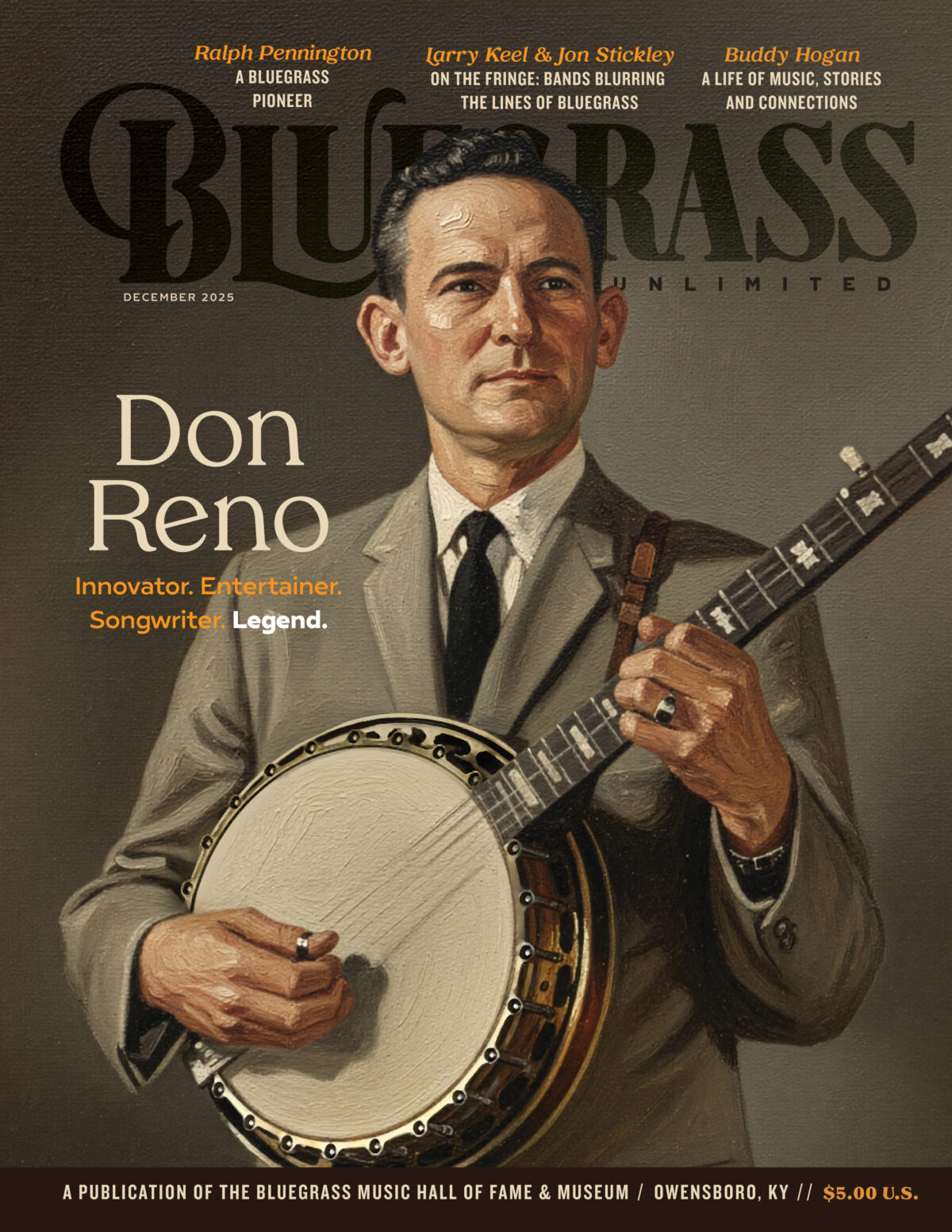CARROLL BEST AND THE WHITE OAK STRING BAND
 CARROLL BEST AND THE WHITE OAK STRING BAND
CARROLL BEST AND THE WHITE OAK STRING BAND
No label
No Number
These are field recordings from Hayward County, North Carolina in the 1950s. They are interesting as they reflect the music the musicians most wanted to play and not necessarily the tunes the collector wanted for his research. They capture the time when old-time music was morphing into what would be called bluegrass. Another interesting thing about these recordings is that they catch a young Carroll Best on banjo. Best was an amazing banjo player who could not only execute the new three-finger-styles of Earl Scruggs and Don Reno, but he could also play amazing note-for-note renditions of fiddle tunes along with the fiddler. These recordings predate Bobby Thompson’s recording in this style by a year or two and Bill Keith’s by more than that.
The music is full of drive and very well played. It was recorded on a reel-to-reel tape recorder with one microphone. The sound is reminiscent of that on those great old stand-alone radios in everyone’s home over a half-century ago. The sound is characterized by lots of bass, but the fiddles and banjo cut through that quite nicely. The recording also sounds like an old radio show, but that was part of the fun they were having when they recorded it. Starting “On Top Of Old Smokey” as the theme, the band takes no prisoners. Some tunes, “Home Sweet Home,” “Black Mountain Rag,” “Cripple Creek,” and “Old Joe Clark” show up a couple of times. It’s interesting to hear each version with different musicians, with the constant being Best’s fine picking. He captures Scruggs’ tuning peg tricks to good end and shows his mastery of straight bluegrass-style banjo on “I Wonder How The Old Folks Are At Home.” He plays double-time rolls on “Banjo Boogie” à la Reno, and floats out melodic lines in sync with each of the different fiddlers here.
While Carroll Best is a name known mostly to banjo fanatics, both bluegrass and old-time, his is a name worthy of much wider recognition. His melodic-style of banjo is an antecedent to the Keith-style of bluegrass banjo. His genius comes out just fine on these homemade recordings. They show a more complete picture of his work than the limited commercial releases that focused mainly on his fiddle-tune playing. The music is true country music as it was played at a local level throughout the 1950s and ’60s. The inclusion of the steel guitar is part of that sound and how folks felt about their music. The extensive liner notes in the booklet included with the CD are very informative and well-written. If you consider yourself a fan of banjo music, or just a fan or real country music, don’t miss this fine release.(Great Smoky Mountains Assoc., P.O. Box 130, Gatlinburg, TN 37738, www.smokiesinformation.org.)RCB
